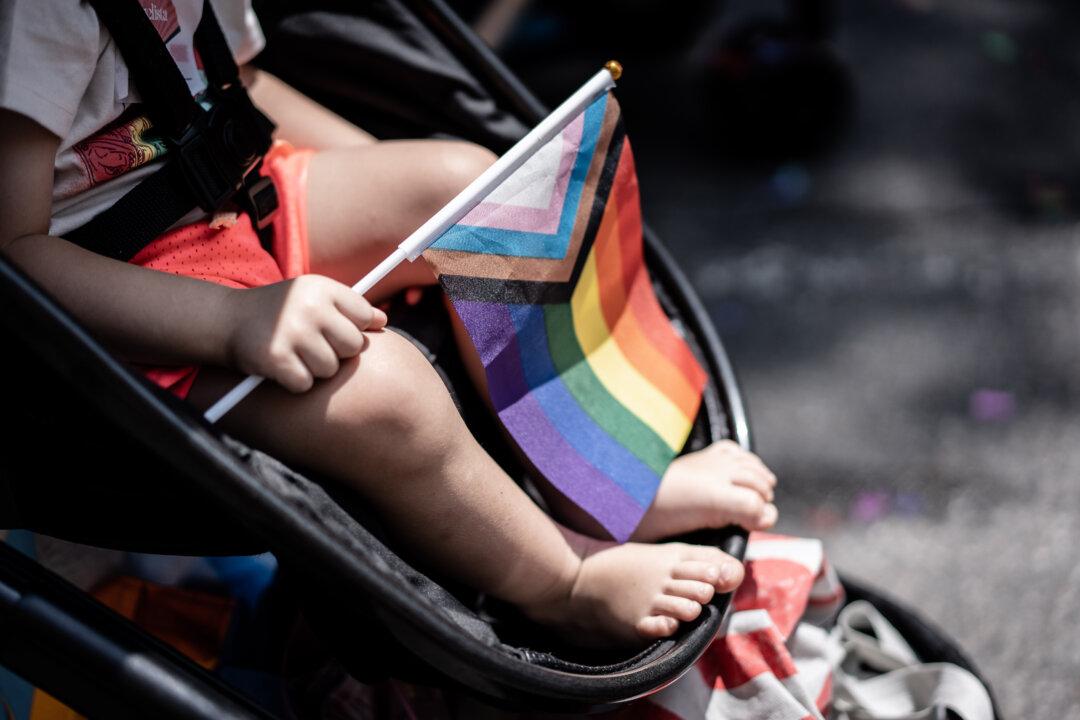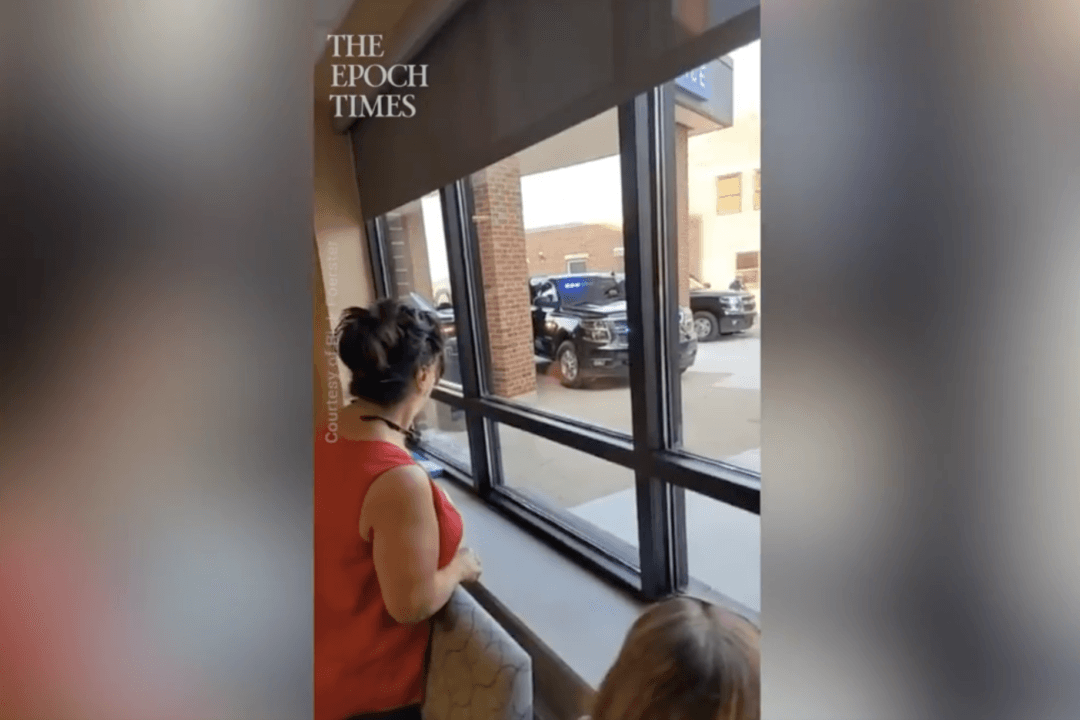Pennsylvania taxpayers are paying more each year for the medical bills of low-income children who seek costly gender reassignment treatment, possibly because the hormones prescribed to change the appearance of a person’s gender are a long-term, or often a lifelong, medical commitment.
Taxpayers have been footing the bill for low-income children to change the appearance of their gender since 2015, when doctors from Pennsylvania hospitals lobbied to expand state coverage of “gender affirming” treatments for children on medical assistance through the Children’s Health Insurance Program (CHIP).





